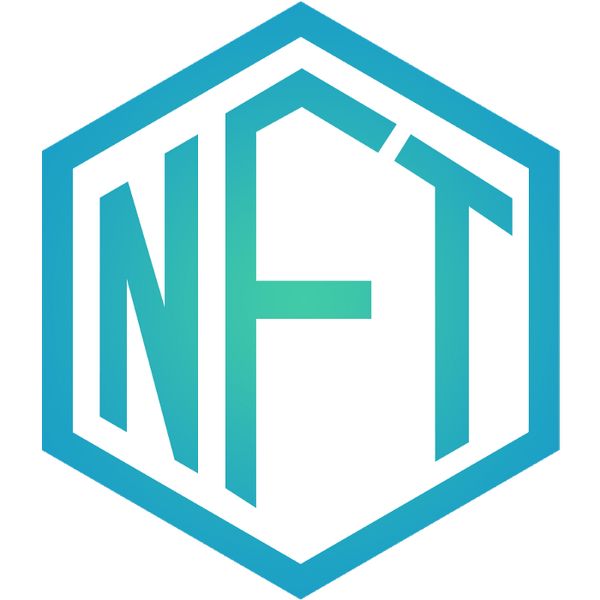
This is part one of a two-part series. Part two is here.
Could NFTs — Non Fungible Tokens — resolve key issues in 3D printing? What problems would they solve?
I think it may be possible they could do so in some respects, but first let’s try to understand the problems that NFTs would be solving.
3D Model Security
Today’s 3D print industry is saddled with a number of problematic protocols from the past.
One of them, and likely the first to come to the mind of any 3D printer operator, is the awful STL format. It’s used to represent 3D objects and thus used by 3D printer software to prepare jobs to print. STL is essentially a massive list of tiny triangles that in total should describe the “skin” of an object.
However, it most often does not. That’s because it’s possible for some triangles to be missing, and you have an incomplete “skin”. Triangles can be duplicated, disconnected, disoriented or worse. It’s a terrible format and one wonders how 3D printing has made it this far without completely replacing it. That’s happening, by the way, with the new 3MF format.
But STL poses another problem in 3D printing that isn’t so obvious.
It compromises the ownership and security of the design.
That’s because the 3D model file, the STL, must be used by slicing software to prepare the job. In other words, if someone designs an object in a CAD system and exports an STL representation, this file is then freely given to the 3D printer operator for slicing. The operator then has a copy of the object.
Once transferred, the digital file cannot be recalled and identical copies could theoretically be made. The creator then technically terms loses control of the intellectual property, although they may still have a legal claim.
Who owns that STL file? The original designer, or the operator who now has a fully detailed STL version? Legally, it’s owned by the original designer, but in technical terms there is no way to ensure or identify the owner. The file formats and workflow simply don’t allow it.
3D Print Streaming
One way to overcome this is through 3D print streaming. In this scenario a 3D model remains at a central service and the sliced GCODE is prepared at that same central site. Then to 3D print the job, that GCODE is streamed in real time to the destination 3D printer. The 3D model files never leave the trusted central site, so control over the 3D model is assured.
That is, if the central site operator is trustworthy. If they are not, then the same thing happens.
Securing 3D Models
All of this messing around is simply because there is no proper way to secure the original design file and still allow it to be used publicly, and the use of the file requires it to be publicly exposed, at least to the user of the file.
There has to be a way to do both, otherwise the 3D printing industry will forever be held back by these challenges.
One potential way to overcome this barrier is to use a new concept called “NFT” that is based on blockchain technology. It may be possible to knit 3D printing and NFTs together, and that’s the subject of part two of this series.
This is part one of a two-part series. Part two is here.
